
The Fury




This is a tale of murder.
Or maybe that’s not quite true. At its heart, it’s a love story, isn’t it?
Lana Farrar is a reclusive ex–movie star and one of the most famous women in the world. Every year, she invites her closest friends to escape the English weather and spend Easter on her idyllic private Greek island.
I tell you this because you may think you know this story. You probably read about it at the time ― it caused a real stir in the tabloids, if you remember. It had all the necessary ingredients for a press a celebrity; a private island cut off by the wind…and a murder.
We found ourselves trapped there overnight. Our old friendships concealed hatred and a desire for revenge. What followed was a game of cat and mouse ― a battle of wits, full of twists and turns, building to an unforgettable climax. The night ended in violence and death, as one of us was found murdered.
But who am I?
My name is Elliot Chase, and I’m going to tell you a story unlike any you’ve ever heard.
Plot Summary
The Fury is a psychological thriller presented in five acts by the protagonist and narrator, Elliot Chase, who warns the reader that they don’t know the true story of the murder. Elliot slowly unveils the events leading up to, and following, the death of his friend, the famous movie star Lana Farrar, on her private Greek island.
The Plan and the Murder Night
Elliot introduces the core group: Lana; her husband, Jason Miller; her son, Leo; her friend, Kate Crosby; and the housekeeper, Agathi. The inciting incident is Lana’s discovery of an affair between Jason and Kate, which Elliot—driven by his obsessive, unrequited love for Lana—manipulates by planting evidence. He suggests Lana invite them all to the island to confront the betrayal, but he is secretly planning Jason’s ruin.
On the night of the shooting, three gunshots ring out, and Agathi finds the group gathered around Lana’s seemingly dead body at an ancient ruin. A storm prevents the police from arriving until morning.
The Betrayal of the Betrayer
Elliot’s obsession with Lana is rooted in his abusive past and a theatrical nature he developed after running away from home. He admits to manipulating Lana and tracking the affair, but he hid his ultimate plan: to frame Jason for murder. In a shocking twist, Elliot reveals that Lana’s death was initially faked with the help of Leo and Agathi. However, when Lana cruelly rejects Elliot’s subsequent declaration of love, he leaves the ruin, enraged. He attempts to complete his plan by giving Kate a loaded gun and manipulating her into believing Jason killed Lana.
The Final Deception and Confession
In the final acts, the narrative reveals the deepest layer of deception: Lana, Kate, and Leo knew about Elliot’s manipulation and decided to turn his plan against him. Lana found Elliot’s notebook detailing his plan to fake her death. They staged a second, successful deception: they let Elliot believe they were confronting Jason, only for Lana to walk away, revealing his utter isolation and her complete rejection.
Elliot, filled with rage at being humiliated, returned to the ruin, retrieved the shotgun he had hidden, and murdered Lana for real.
The Epilogue, delivered from prison, reveals Elliot’s final, devastating secrets: he is an unreliable narrator, he stole his entire career by plagiarizing a deceased novelist’s play, and he is a killer who acted out of pathological obsession and wounded pride.
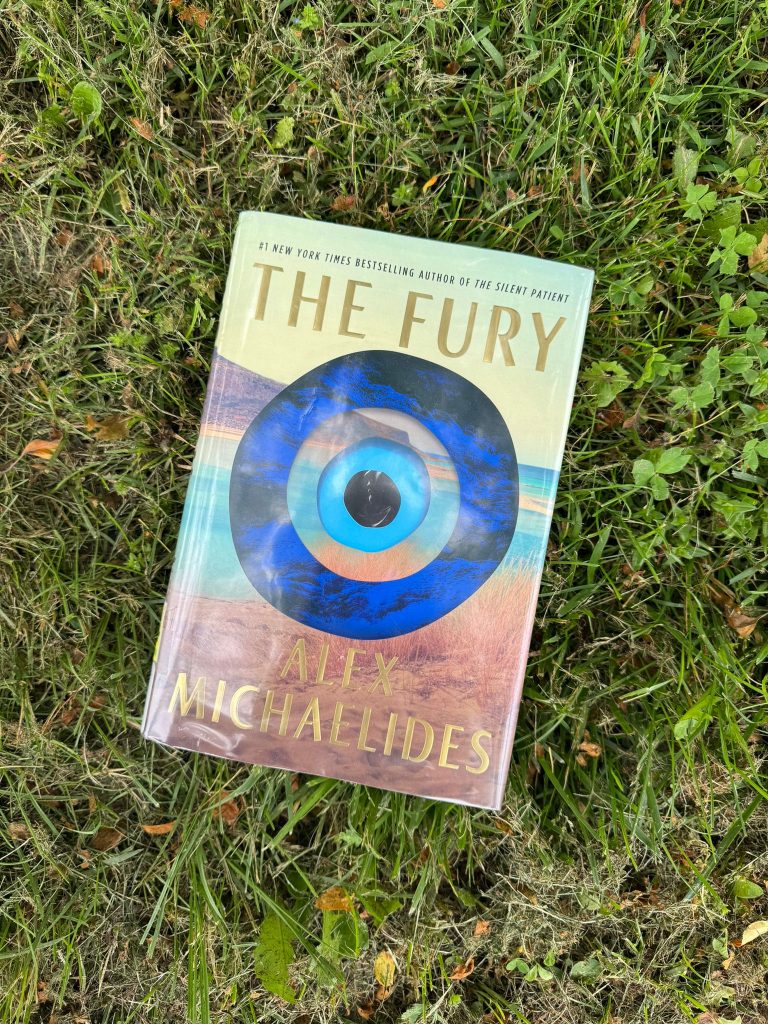
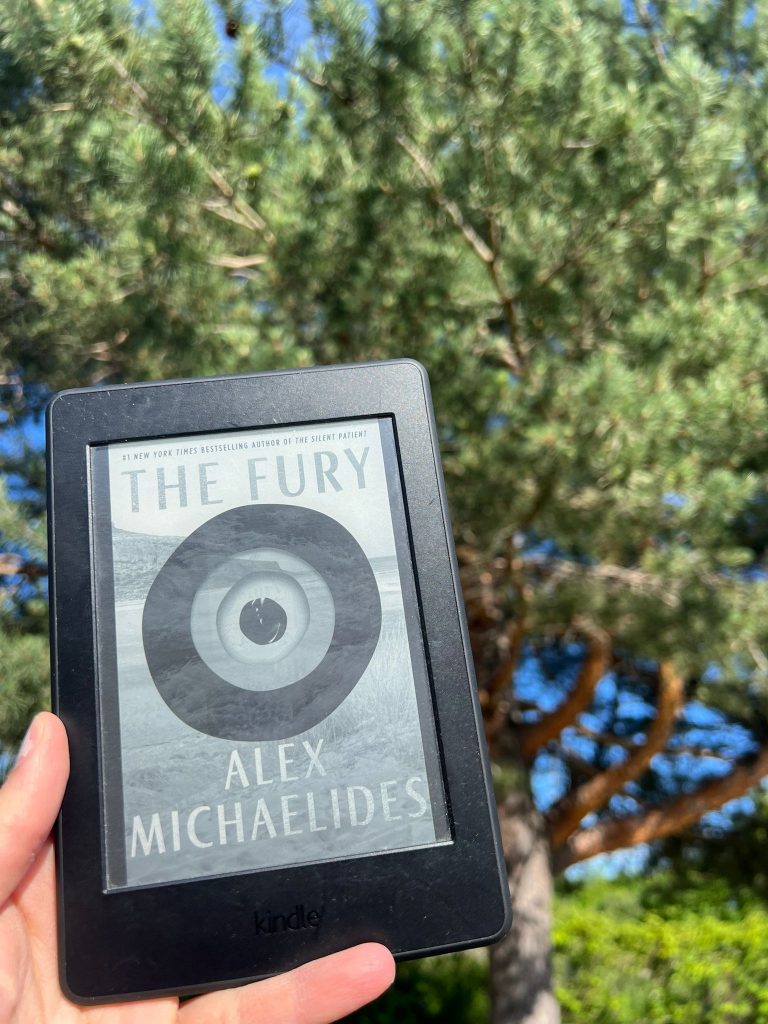
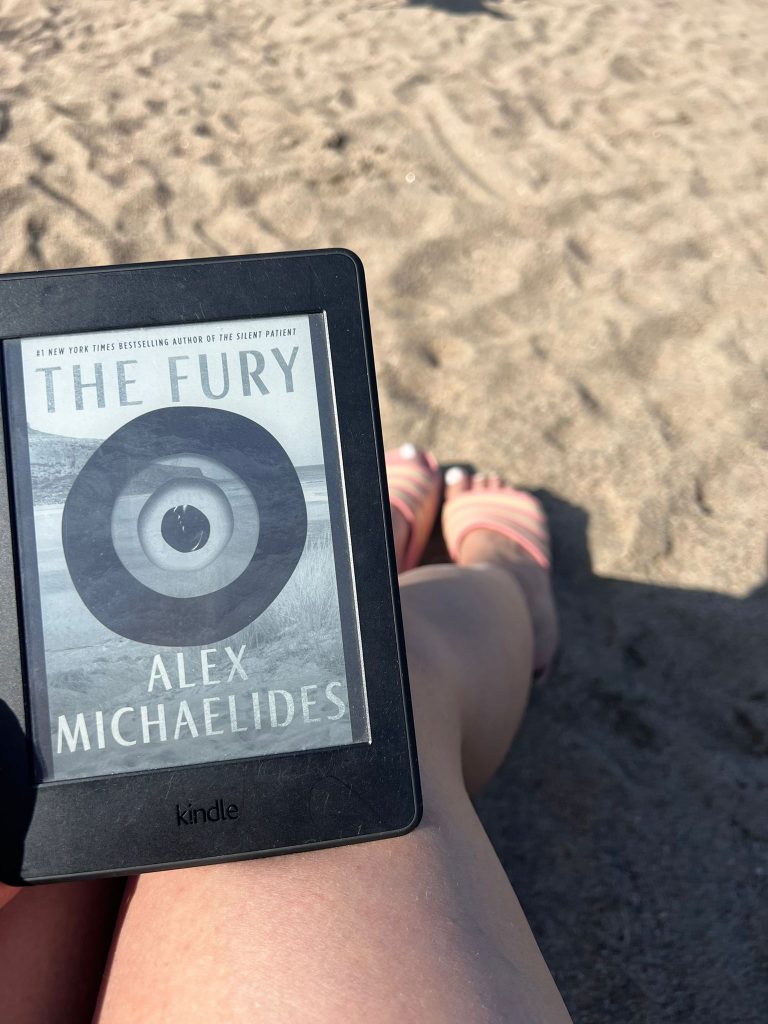
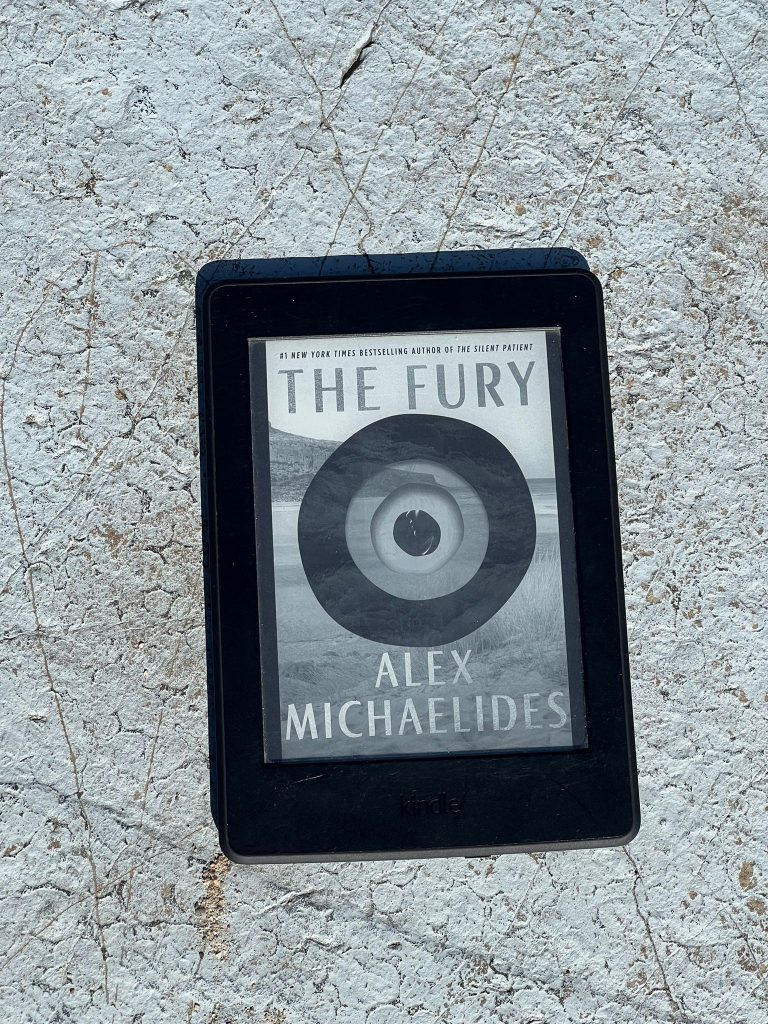
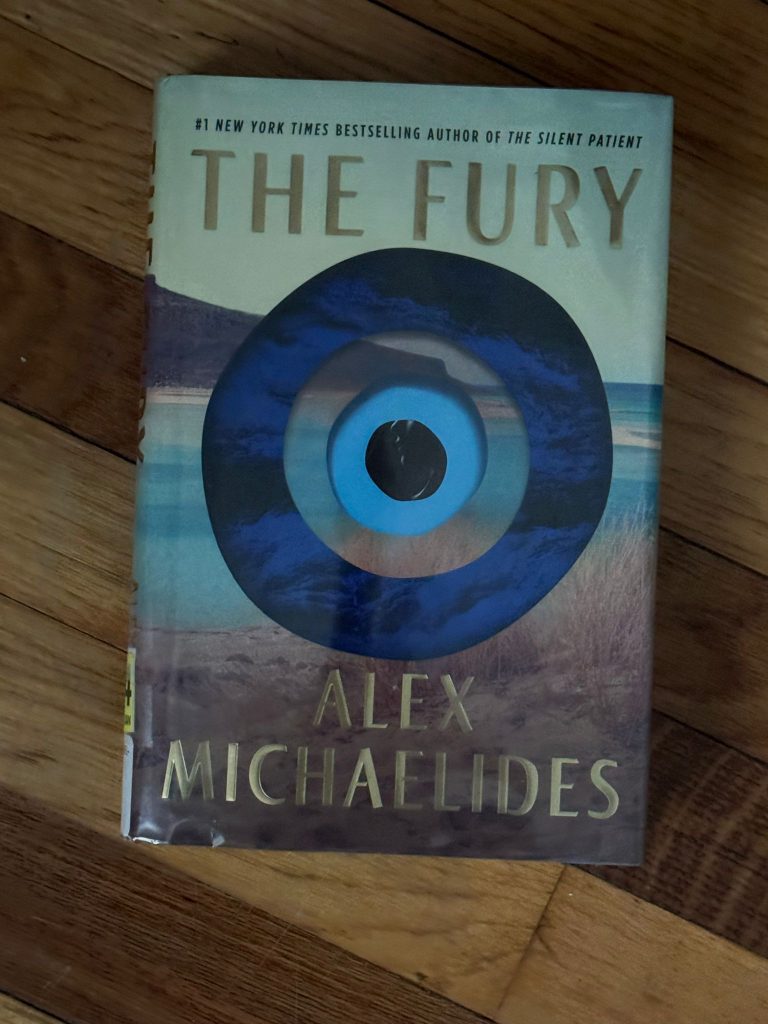
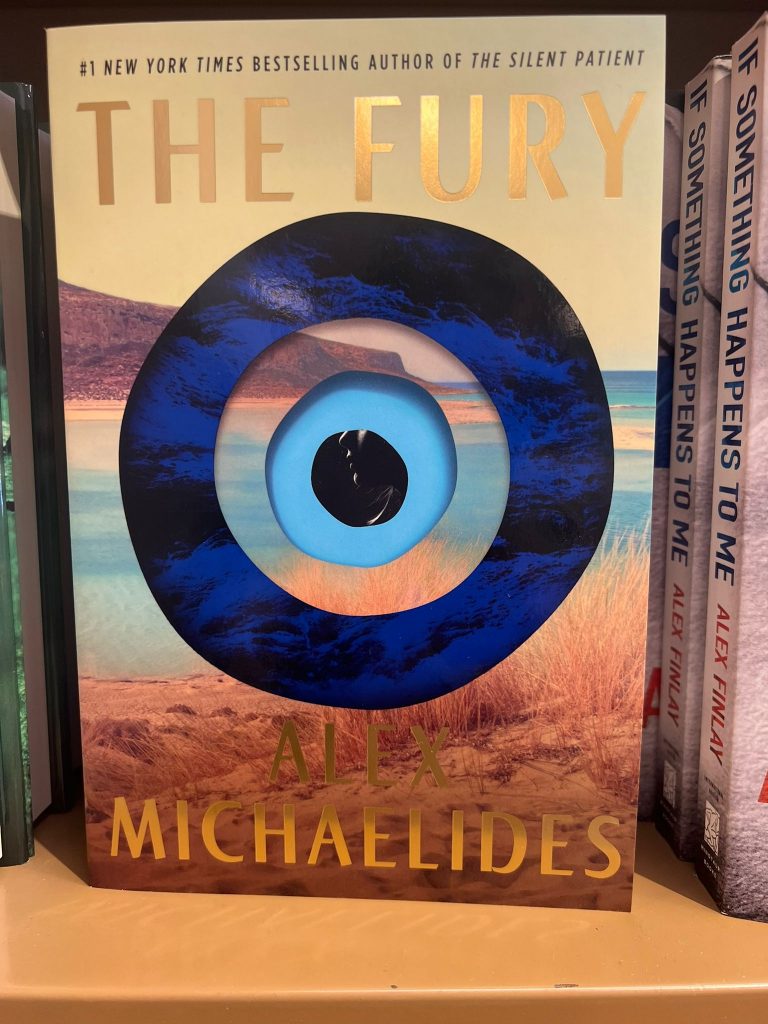
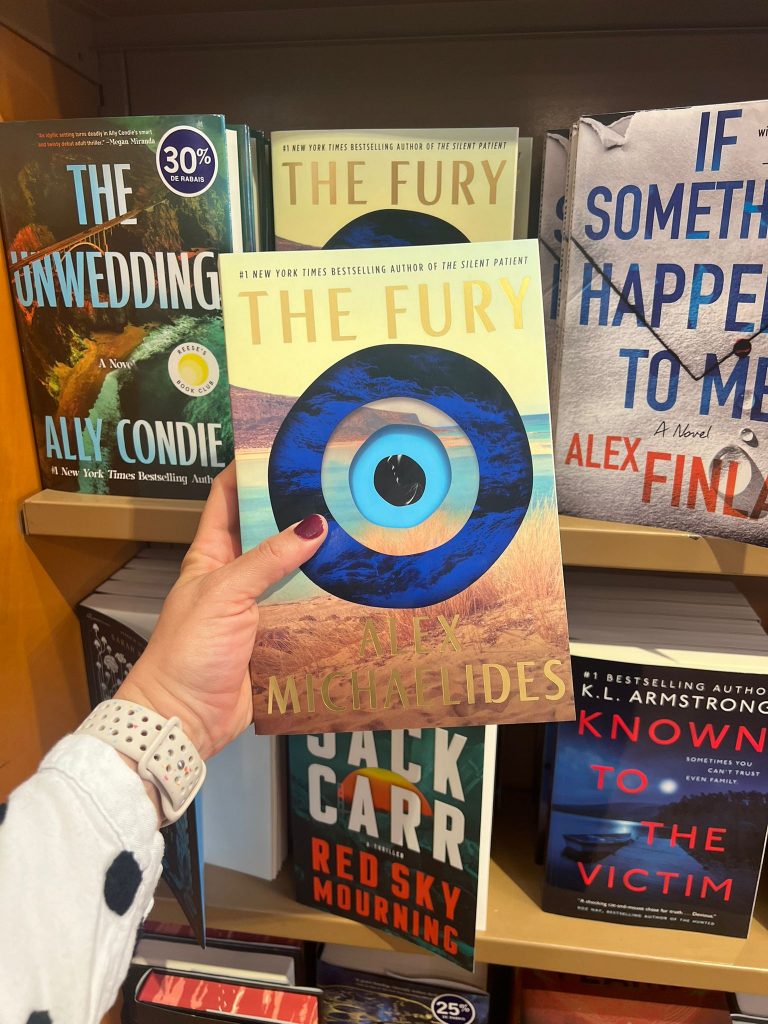
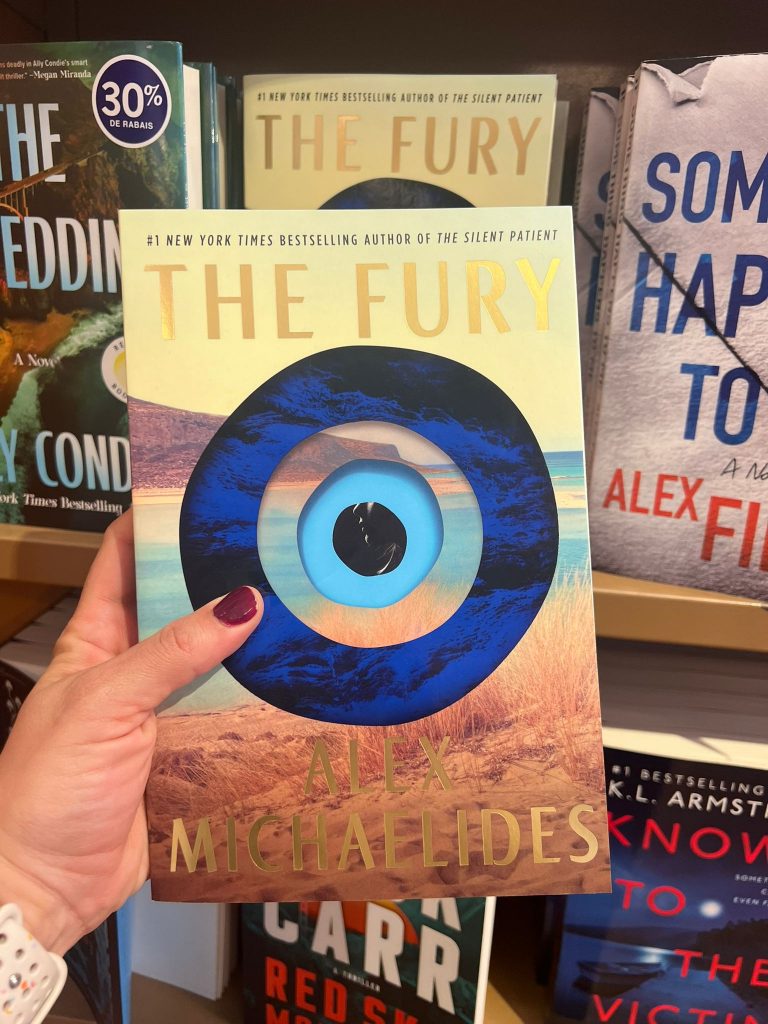
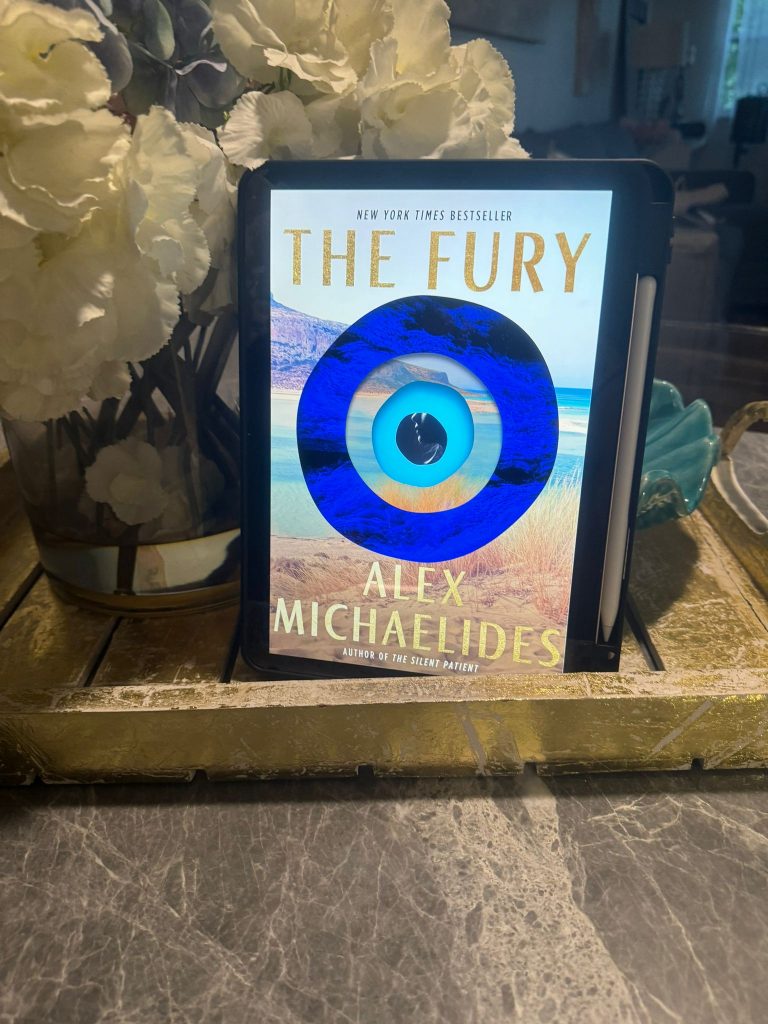
Character Analysis
Elliot Chase
is the novel’s protagonist and narrator, a man in his late thirties who adopted his name from a Noël Coward play after running away from an abusive childhood. Though he claims to be a “more mature” version of his anxious, wired former self, he is revealed to be pathologically obsessive and manipulative. Elliot frequently uses direct address to connect with the reader, a technique undermined by his unreliability. He constantly imagines scenes he wasn’t present for and uses his “impossible knowledge” to justify his narrative, making him slippery and untrustworthy—a trait confirmed by his friend, Barbara West, who warns Lana that Elliot is a dangerous sociopath after her money. His tragic flaw is his inability to account for the simple humanity and unpredictability of others, leading to his downfall when his own “characters” (Lana and Kate) rewrite his script.
Lana Farrar
is a massive Hollywood movie star and celebrity who retired at age 40. Elliot’s portrayal of her is deeply colored by his idealization, resulting in a seemingly flat, two-dimensional depiction of an effortlessly charismatic figure. Elliot believes their friendship is intimate, yet he is forced to admit it’s largely a “performance.” Her true character only emerges in Act 5, when the reveal of her counterplan and her capacity for agency shatters Elliot’s limited view of her. Lana’s success in escaping Elliot’s plot proves that he fundamentally misjudged her intelligence and resilience.
Kate Crosby
is an actress and Lana’s foil, contrasting sharply with her in temperament and appearance; she is loud, brash, and chaotic, always looking for a joke. Elliot uses Kate’s opposite qualities to further highlight Lana’s perceived perfection. However, Kate shares one key quality with Lana: a deep belief in love and romance, a predictable human characteristic that Elliot, in his calculated plan, failed to account for. Her involvement in Lana’s counterplan highlights her own agency and desire to protect her friend.
Leo
is Lana’s son, whom Elliot describes as a “gentle soul” who looks like a “young Greek god”—a physical and temperamental shadow or extension of his mother. Despite his gentle nature (he’s vegan and protests hunting), he is capable of action, such as hiding Jason’s guns. Elliot underestimates Leo’s acting abilities and his devotion to his mother, not realizing that Leo is an active participant in Lana’s elaborate revenge plot against Elliot.
Jason Miller
is Lana’s second husband and Elliot’s primary adversary in the novel. He is handsome but brusque and unapologetically rude. His character is complicated by his financial troubles and his ongoing affair with Kate, making him a morally gray figure. Jason is the only major character kept entirely in the dark about both Elliot’s and Lana’s deceptive plans, making him the ultimate target and victim of the central conspiracy.
Agathi
is Lana’s loyal Greek housekeeper and confidante, who traveled with Lana and her first husband. Elliot perceives her as professional and quiet, but she possesses a strong will and deep connection to the island, inherited from her grandmother, who was locally seen as a witch. Her ultimate loyalty lies with Lana, whose approval she seeks. Agathi’s disapproval of Elliot’s plan is the pivotal moment that convinces Lana to stop and devise her own counter-scheme.
Nikos
is the reclusive caretaker of the island who has lived in solitude for decades, amplifying his status as an outsider. Like Elliot, he is secretly in love with Lana and idealizes her, a devotion that leads him to agree to help her trick Elliot in exchange for a kiss. His loyalty to Lana proves him to be a silent protector who aids in the successful execution of her final plan.
Symbols & Motifs
The Wind
unpredictable Greek wind is a crucial motif that acts as a harbinger of chaos and bad luck. Early in the novel, the wind is introduced as a turbulent force that obscures vision and turns the water “murky, dark, and dangerous,” mirroring the characters’ inability to see the truth. Local lore reinforces this, with the housekeeper Agathi recalling her grandmother calling it “to menos,” which means “the fury”—the novel’s title. The wind escalates in parallel with the plot, underscoring the violence and chaos on the island. Crucially, the accompanying storm makes the island inaccessible, creating a contained environment where the murder can take place without immediate interference. The island’s name, Aura (Greek goddess of the breeze), ironically subverts her status, as her gentle breeze transforms into a destructive fury.
The Ruin
is a motif that functions as the central stage for the novel’s performance and eventual tragedy. Described as a semicircular ancient theater, it is literally the setting for Elliot’s staged plot (his “play”) of Lana’s death. Its use references The Inevitable Fall of the Tragic Hero, as Elliot’s carefully scripted downfall unfolds in and around this performance space. Elliot attributes a supernatural, contemplative atmosphere to the ruin, choosing it to blur the lines between story and reality. By setting his manipulations in this ancient amphitheater, Elliot uses story as a perverse tool to understand and control reality.
Agathi’s Crystal
symbolizes fate and destiny, questioning the degree to which human action dictates outcomes. Passed down from Agathi’s grandmother, who was known as a witch, the crystal is a simple fortune-telling device that answers questions with a “yes” or “no” swing. While the characters may outwardly express skepticism, they all take the crystal seriously, seeking guidance during moments of doubt. The crystal’s power is complex; Elliot questions whether it merely predicts or actively creates a certain outcome, suggesting the characters might be “surrendering to its decision.” Its connection to Greek mythology and tragedy reinforces the theme of destiny playing a dominant role in the characters’ lives.
Book Club Questions
Initial Impressions
The Fury is a locked room mystery featuring a murder among an isolated group. How does this novel compare to other similar mysteries you’ve encountered in print or film?
The author, Michaelides, tells the story in repeated layers through the narrator, Elliot. Did this structural strategy enhance or detract from your reading experience?
Personal Reflection and Connection
Fate vs. Free Will: The novel probes concepts of fate and destiny. Do you believe our lives are determined by fate, or are they shaped by free will and personal choice?
The Unreliable Narrator: How did Elliot’s unreliability affect your reading experience? Did you enjoy the challenge of questioning his version of events, or did it make it difficult to engage with the story?
Setting and Mood: Lana’s private Greek island is a central setting. Did this choice of location affect your reading experience, and how might the book have changed if the murder occurred in another, less exotic setting?
Fame and Sympathy: The novel touches on the disconnect between fame and happiness. Were you sympathetic to Lana’s struggles despite her privileged position as a celebrity?
Societal and Cultural Context
Class Dynamics: The characters range from the working-class caretaker to a celebrity movie star. How effectively does Michaelides explore class distinctions and privilege within the isolated environment of the island?
Fame and Happiness: How does the novel use the characters of Lana and Kate to explore the complicated, real-world issue of the relationship between fame and genuine happiness?
Literary Analysis
Genre Conventions: How does The Fury utilize classic mystery genre conventions? Where does the author adhere to the traditions of authors like Agatha Christie, and where does he subvert them with the use of an unreliable narrator?
Theatrical Structure: Michaelides uses a structure of “Acts,” like a play, retelling the murder story repeatedly. Was this structural device successful in building suspense and revealing character?
Greek Mythology and Setting: How does the novel leverage Greek history and mythology (e.g., the island’s name, the concept of the “Furies”) to deepen the thematic meaning of the novel?
The Role of Storytelling: Discuss the novel’s meta-commentary on storytelling and structure. How do Elliot’s love of story and his writerly aspirations contribute to the plot and his own downfall?
The Tragic Hero: Michaelides explores the concept of the hero, including the traditional Greek concept of the tragic hero. Who do you consider the hero of this story, and how do they fulfill or defy the classical tropes of that role?
Elliot’s Transformation: What was your initial reaction to the narrator, Elliot? How did your understanding of and sympathy for him change over the course of the novel as his final betrayal was revealed?
Creative Engagement
Alternative Perspective: Choose one of the other characters (Lana, Kate, Agathi, or Leo) and consider how the story would change if told from their point of view. How would it alter the plot and your perception of the other characters?
Film Adaptation: If you were casting this book for a film adaptation, who would be your ideal choices for the roles of Elliot, Lana, Kate, and Jason?
You May Also Like

The Diamond Eye Into the book
May 11, 2023
One Last Rainy Day: The Legacy of a Prince
August 26, 2023


